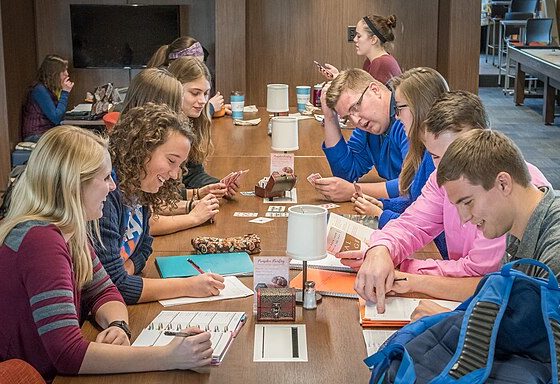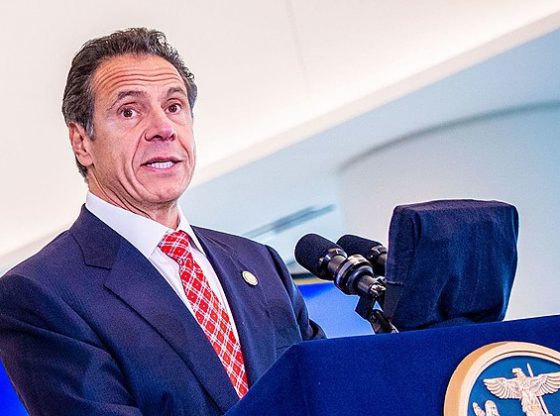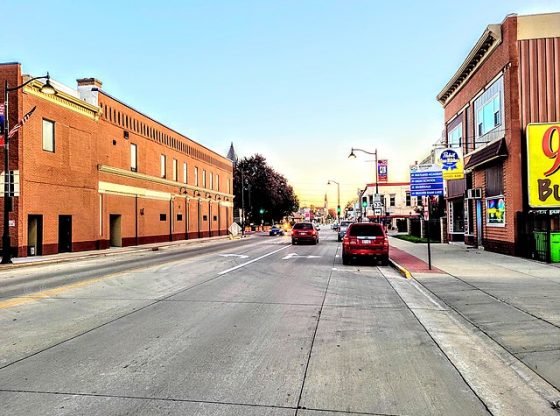Vulnerability. Authenticity. Speaking up, speaking out. “Getting real,” “letting it all out.” Mental health awareness month. I just want to be unique. I’m independent. Look how independent I am! Look, look, PLEASE look.
Gen Z is a hurting generation, but I don’t want to join the cantankerous overlords and finger wag, because I’m checked into the rehab with my fellow inmates, too; and yes, it’s never been easier to vent your injuries to the world while disclosing next to nothing to the people who actually know you (that is, if there are any of those people to begin with).
I found it hard as a child to answer pointed questions when they were asked to me in person. “Clam” could have been my middle name. When people asked me what was going on under the surface, I came up brow knitted and quiet.
There’s a term for this. Call it “blank brain” syndrome. When it counts, when it really matters, you can’t say what needs to be said. And the words that do eventually come out tend to land awkward, like beached fish flopping on sand, panting for the former waters of deep solitude.
And then came the Internet.
Take the risk out of being honest and drop a few billion screens on planet Earth alongside the babies born in 2000 and you’ve got Gen Z. Here we are, sitting alone in our rooms talking to our screens about our suicidal ideation, ADHD, anxiety and depression, the specific meds we’re taking, how we think our friends might actually be pretty toxic. It’s an artificial substitute for the kind hand on the shoulder, these hearts and validating remarks that flow from such posts. But have a coffee with a real person afterward and just try to tell the truth. Nope. Bets are off for that. Blank syndrome is back.
The Internet is the place to formulate whole worlds of interaction that evade the typical rules of life. This is well documented, and it is genius. Nothing fits our tensional urges for comfort and connection better than the Internet.
Known, and yet completely hidden, connected, yet perfectly isolated. I mean, here I am—trying to talk to you through a keyboard, and there is nothing wrong with that. But if I were to tell five million followers that I need their love and attention, I would be earnestly requesting the impossible. Not that many people can know and love you, and that is actually a good thing.
Maybe no one has articulated the “oversharing” problem better than Freya India, who writes the Substack “GIRLS,” and has contributed to outlets like the Spectator and Jonathan Haidt’s own channel After Babel.
Life online is driving Gen Z farther and farther apart, and not even COVID is to blame — our dislocation preceded the lockdowns. India gets this problem, especially as it pertains to Gen Z women. But the problem affects both sexes, and the bottom line remains nefarious and frank: we’re not actually talking to each other anymore.
And I’m willing to be a broken record on the topic, because honestly, I’m not sure there’s a more dire threat to the upcoming generation today. The young Gen Alphas hit the screen world years ago. What kind of world will their children inherit?
Vulnerability is the act of making yourself open to injury. What counts as vulnerability on the Internet, though, actually fits the opposite description. It shields human beings from injury, but in the worst way possible. It’s an incantation we chant to get digital applause. We share our guts on the Internet to secure validation; the world has become our confession chamber, only the end goal isn’t necessarily healing or repentance, but heart signs floating up on a screen. With just a click of your thumb, you can let someone know that they are not alone. Again, genius. Risk-free. But it is hurting us.
Pray for Gen Z. Urge parents to appeal to their kids’ schools to get the phones out of school.
Read books, fiction and nonfiction, and dare to sit alone with poetry. Don’t let your kids have TikTok. Banned in the U.S. or not, it’s a soul-deforming app.
Simone Weil, the French writer from a century ago, likened prayer to heightened attention. Maybe just paying attention to artifacts and folks in the real world is the necessary and painful step in the right direction.
The key, though, is to walk together — and literal walking wouldn’t hurt.
















